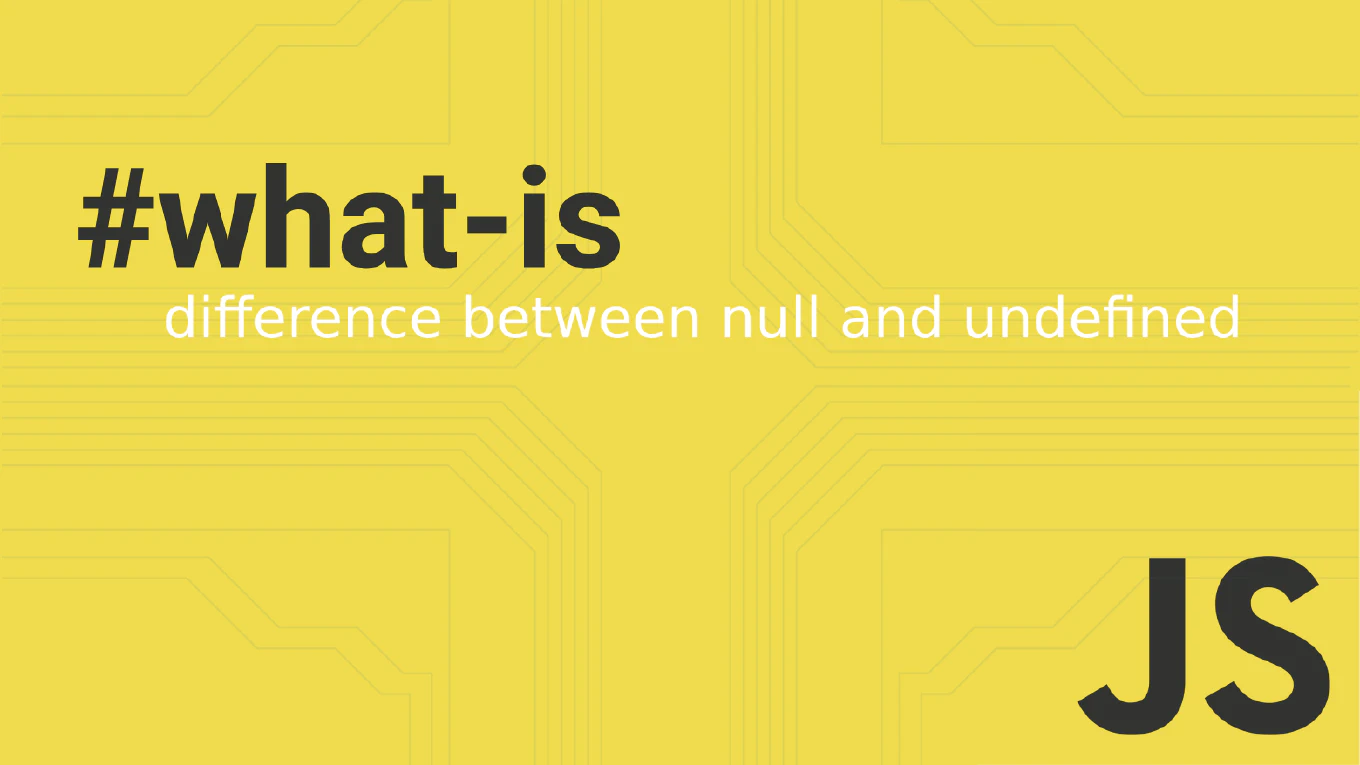How to prepend an element in JavaScript
Prepending elements to the DOM allows you to add content at the beginning of a container, essential for dynamic lists, notifications, and priority content placement.
As the creator of CoreUI with over 25 years of JavaScript experience, I use element prepending for building dynamic lists, notifications, and priority content areas.
The most reliable method is using insertBefore() to insert an element before the first child, or the modern prepend() method for direct prepending.
This provides precise control over element positioning and maintains proper DOM structure for complex dynamic interfaces.
How to append an element in JavaScript
Appending elements to the DOM is fundamental for creating dynamic content and building interactive web applications that respond to user actions.
With over 25 years of JavaScript development experience and as the creator of CoreUI, I use element appending extensively for building dynamic UI components.
The most effective method is using the appendChild() method which adds an element as the last child of a parent element.
This provides reliable element insertion with proper DOM structure maintenance and event handling capabilities.
How to create a new element in JavaScript
Creating new HTML elements dynamically is fundamental for building interactive web applications that generate content based on user actions and data.
As the creator of CoreUI with over 25 years of JavaScript experience, I use dynamic element creation extensively for building responsive UI components and data-driven interfaces.
The most effective method is using document.createElement() to create elements with proper attributes and content before adding them to the DOM.
This approach provides full control over element properties and ensures optimal performance through efficient DOM manipulation.
How to remove an attribute from an element in JavaScript
Removing attributes from HTML elements is essential for cleaning up DOM state, disabling features, and managing dynamic element properties in JavaScript applications.
With over 25 years of JavaScript development experience and as the creator of CoreUI, I regularly use attribute removal for form validation, accessibility updates, and component state management.
The most reliable method is using the removeAttribute() method which completely removes the specified attribute from the element.
This ensures clean DOM state and prevents issues with boolean attributes that might remain even when set to false.
How to get an attribute from an element in JavaScript
Retrieving attribute values from HTML elements is essential for reading data, checking element states, and building dynamic functionality.
As the creator of CoreUI with over 25 years of JavaScript experience, I regularly use attribute reading for component state management and user interaction handling.
The most effective method is using the getAttribute() method which returns the exact string value stored in the HTML attribute.
This approach provides reliable access to both standard and custom attributes across all browsers.
How to set an attribute on an element in JavaScript
Setting attributes on HTML elements dynamically is fundamental for creating interactive web applications and manipulating DOM elements.
With over 25 years of JavaScript development experience and as the creator of CoreUI, I’ve used attribute manipulation extensively in building dynamic UI components.
The most reliable method is using the setAttribute() method which works consistently across all browsers and attribute types.
This approach provides precise control over element properties and ensures proper HTML structure.
How to import a module in JavaScript
Importing modules in JavaScript allows you to use functions, objects, and other exports from different files, enabling modular code organization and dependency management.
As the creator of CoreUI, a widely used open-source UI library, I’ve structured countless JavaScript applications using modular imports for clean architecture and code reusability.
From my 25 years of experience in web development, the most effective approach is to use ES6 import statements with specific syntax for named imports, default imports, and namespace imports.
This pattern provides explicit dependency declaration and enables tree-shaking for optimized bundles.
How to export a function in JavaScript
Exporting functions in JavaScript modules enables code reusability and organization by making functions available for import in other files.
As the creator of CoreUI, a widely used open-source UI library, I’ve exported thousands of utility functions and components across modular JavaScript architectures.
From my 25 years of experience in web development, the most effective approach is to use the ES6 export keyword for named exports or export default for single function exports.
This pattern provides clean module boundaries and explicit dependency management.
How to use modules in JavaScript
JavaScript modules provide a way to organize code into separate files with explicit imports and exports, enabling better code structure and reusability.
As the creator of CoreUI, a widely used open-source UI library, I’ve architected modular JavaScript systems across countless projects and component libraries.
From my 25 years of experience in web development, the most modern and effective approach is to use ES6 module syntax with import and export statements.
This pattern provides clean dependency management and tree-shaking capabilities for optimized bundles.
How to use nullish coalescing in JavaScript
The nullish coalescing operator provides a precise way to handle null and undefined values without affecting other falsy values like empty strings or zero.
As the creator of CoreUI, a widely used open-source UI library, I’ve used nullish coalescing extensively in JavaScript applications for safer default value assignment.
From my 25 years of experience in web development, the nullish coalescing operator (??) is more reliable than logical OR (||) for default values because it only triggers for null and undefined.
This operator prevents unexpected behavior with legitimate falsy values.



